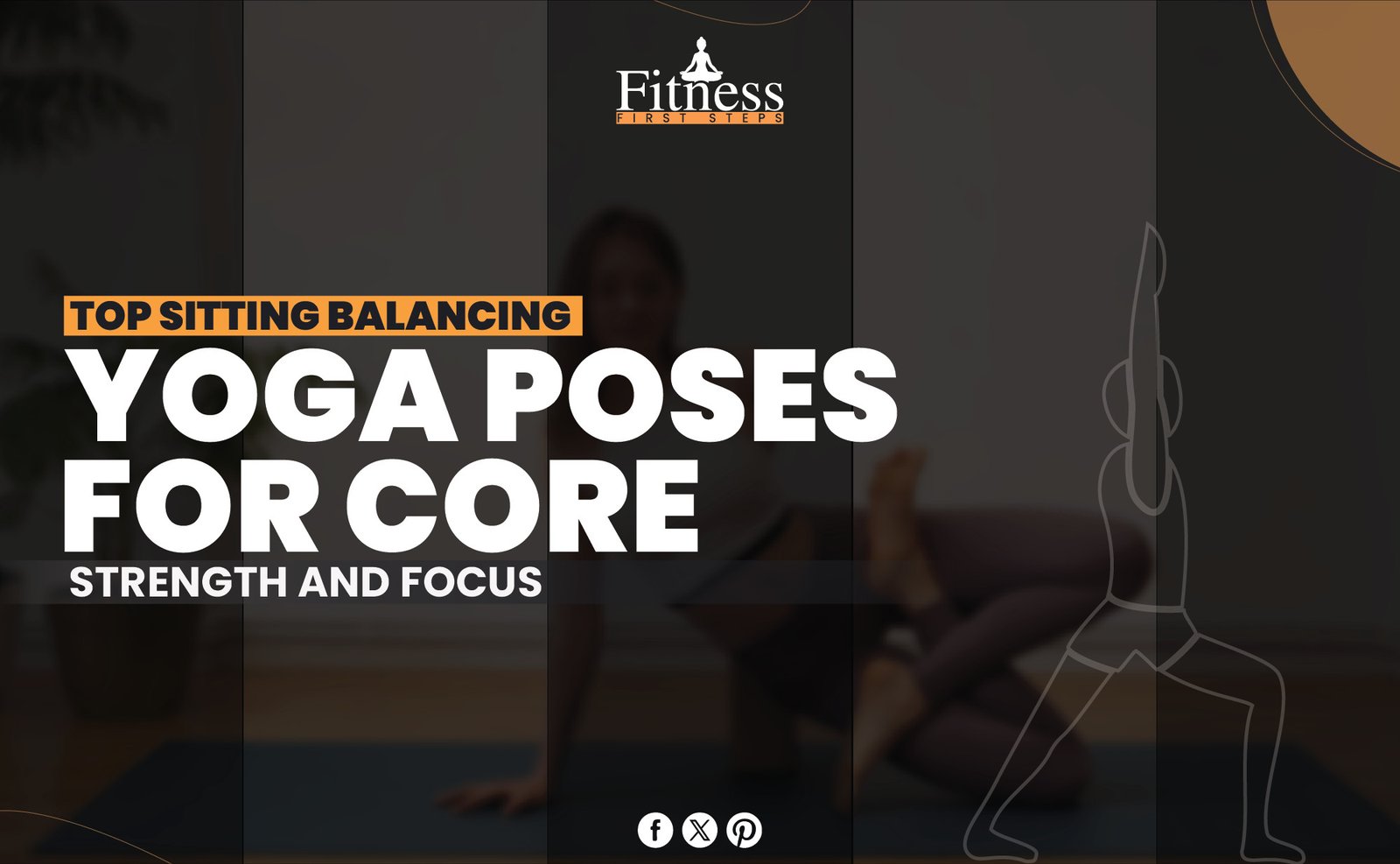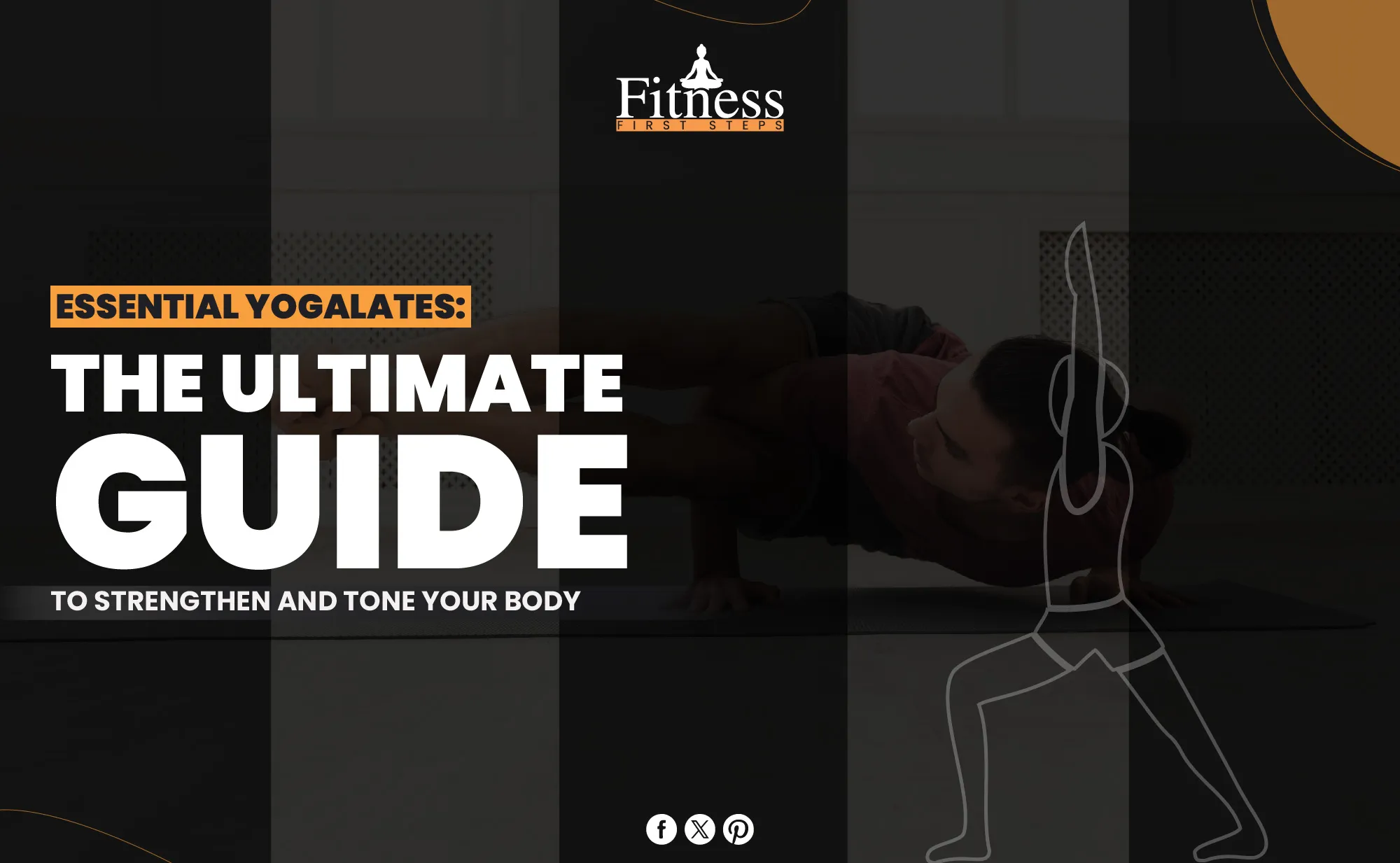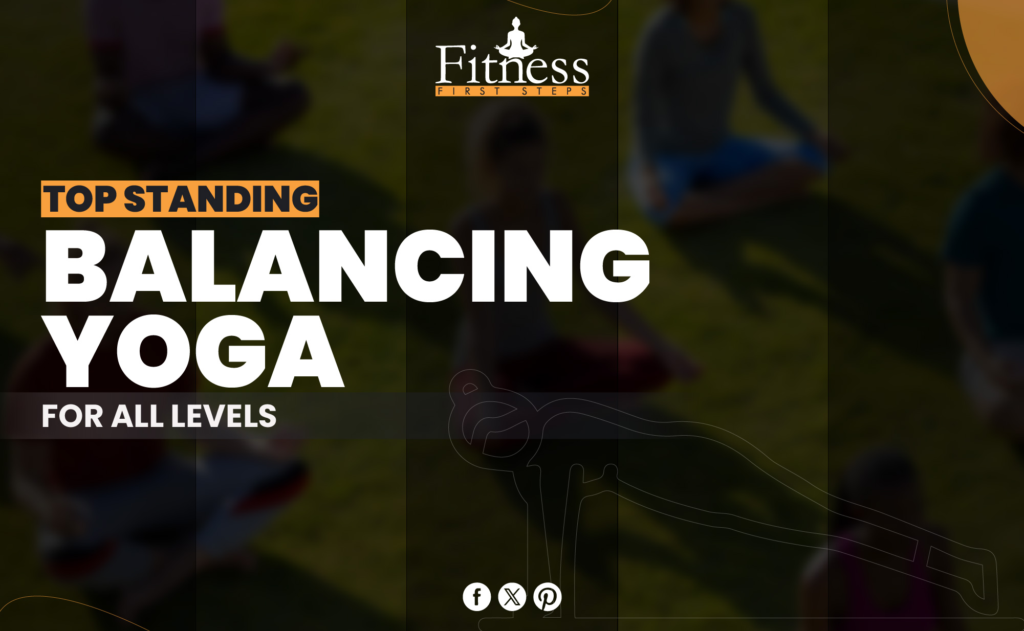Introduction
When pursuing improved health and well-being, we frequently take unexpected paths, including incorporating yoga, specifically the Frog Pose (Bhekasana). This posture, which draws inspiration from the inherent position of a frog, not only benefits the physical body but also addresses the fundamental aspects of pelvic health, flexibility, and emotional equilibrium.
In an era where physical manifestations of the pressures and stresses of daily life are prevalent, discovering comfort in these practices may serve as a means to attain a more harmonious state of being. Frog Pose serves as an icon for individuals desiring to improve their pelvic health and holistic welfare, encouraging practitioners to immerse themselves in a routine that benefits the physical, mental, and spiritual aspects of being.
The Basics of Frog Pose
The Frog Pose, referred to as Bhekasana in Sanskrit, is a nourishing yoga position that empathetically stretches the groin, hips, and quadriceps, emulating a frog’s broad, supine stance. This particular pose is renowned for its capacity to augment lower body flexibility and promote pelvic health. Fundamentally, Frog Pose pertains to the expansion and alleviation of tension in obscured regions of the body that are vital for our general well-being and mobility.
Begin in Frog Pose by assuming all fours and progressively extending the knees until an inner thigh stretch is experienced while ensuring that the knees align with the hips. With the hands level on the ground and the shins and feet aligned with the knees, the toes point outwards, while the forearms support the body. By sustaining a neutral spine and engaging the core, the fundamental principle of this pose is achieved: the hips descend towards the ground, thereby intensifying the stretch without exerting undue strain.
Notwithstanding its apparent intricacy, Frog Pose is a potent instrument to liberate the pelvis and augment energy circulation within the pelvic region. In addition to promoting physical flexibility, this practice facilitates emotional release and alleviates tension, rendering it an extensive endeavor for individuals aiming to enhance their internal state of being.
Pelvic Health: Why It Matters
- Supports Core Stability: The pelvic region is indispensable for equilibrium, posture, and overall physical health, as it supports the core.
- Enhances Reproductive Health: Optimal pelvic health is of paramount importance as it profoundly impacts fertility, pregnancy, and the recuperation period following childbirth.
- Aids in Urinary and Bowel Function: Preventing incontinence, a robust and healthy pelvic floor aids in maintaining control over urinary and bowel movements.
- Improves Sexual Function: Sexual function and satisfaction can be profoundly influenced by pelvic health, which encompasses libido, arousal, and the capacity to attain fulfillment.
- Prevents Pelvic Pain: By addressing pelvic health, chronic pelvic pain-causing conditions such as pelvic floor dysfunction can be prevented or alleviated.
The Connection Between Frog Pose and Pelvic Health
- Promotes Flexibility: Frog Pose improves flexibility and alleviates tension in these areas by extending the inner quadriceps, groin, and hips, which are critical for pelvic floor health.
- Strengthens Pelvic Muscles: Frog Pose enhances pelvic floor strength by activating and elongating the muscles surrounding the pelvis, thereby facilitating improved support and regulation of the pelvic organs.
- Improves Circulation: By increasing blood flow to the pelvic region, the pose promotes tissue regeneration, health maintenance, and functionality enhancement.
- Enhances Awareness: Frog Pose enhances an individual’s bodily consciousness, specifically in the vicinity of the pelvis, thereby facilitating the identification and resolution of concerns about pelvic health.
- Alleviates Discomfort: Individuals afflicted with pelvic pain or discomfort may find solace in the mild stretching entailed in Frog Pose, which can contribute to a more comfortable and pain-free state of being.
Step-by-Step Guide to Perfecting Frog Pose
Start on All Fours: Assume a tabletop stance, positioning your knees beneath your hips and palms directly beneath your shoulders.
Widen Your Knees: Gradually displace your knees beyond hip distance, ensuring that your ankles align with your knees. Shins and feet should be positioned in a parallel plane.
Lower Your Hips: Slowly descend your hips toward the earth while maintaining knee-hip alignment. Ensure that your pelvis remains forward and does not advance past your knees.
Flex Your Feet: Engage in foot flexion, ensuring that the toes point outwards in alignment with the trajectory of the knees.
Shift to Your Forearms: Descend to your forearms if it is at ease. This allows you to deepen the stretch without overstressing your lower back or pelvis.
Maintain a Neutral Spine: Maintain a neutral, long spine; avoid excessive back arching and rounding. This maintains the emphasis on the inner quadriceps and pelvic region.
Hold and Breathe: Maintain the pose for several breaths, ideally between thirty seconds and one minute. Concentrate on deep breathing; let your body relax with each exhale and descend more deeply into the pose.
Exit Carefully: To exit the pose, if you are standing on your forearms, walk your hands back under your shoulders, bring your knees together gingerly, and return to a seated or tabletop position.
Practice Regularly: Maintaining consistency is crucial. Consistent practice will progressively increase one’s flexibility and strength in the pelvic region.
Listen to Your Body: If the pose causes pain or distress, modify or exit it. A cushion placed beneath the knees or on the forearms can serve as supports that offer supplementary support.
Common Mistakes and How to Avoid Them
Overstretching: Many strain by attempting to attain the pose’s full expression too rapidly. You can avoid this by increasing your flexibility incrementally and paying attention to your body’s limits.
Incorrect Alignment: Misalignment of the ankles and knees is another prevalent error. Please ensure your ankles are positioned precisely behind your knees without tucking or splaying them out to prevent knee strain.
Neglecting Breath: Neglecting to maintain steady, deep breathing can render the pose more complex and less advantageous. Maintaining a constant and consistent respiration will assist in easing into the stretch.
Ignoring Pain: Pain indicates reducing intensity, particularly in the knees or hips. Going too far is indicated by the sensation of pain. For increased comfort, alter the pose or incorporate objects.
Rushing the Pose: Entering or exiting Frog Pose hastily may result in bodily harm. While entering and exiting the pose, mindfully and methodically observe your body’s reactions.
Lack of Warm-Up: Injury may result from attempting Frog Pose without performing an adequate warm-up. Mainly concentrate on warming up your hips, quadriceps, and pelvic region.
Forgetting to Use Props: Supporting props such as yoga blocks or cushions can facilitate entry into the pose. Use them beneath your knees, ankles, or forearms for comfort.
Modifications and Variations
You are using Props: Position yoga blocks or cushions beneath your forearms or knees to provide additional support and comfort if you have sensitive wrists or knees.
Supported Frog Pose: Spread your legs wide apart and place your forearms flat on the ground while on your stomach. This variation maintains its focus on the pelvic region while decreasing the intensity of the stretch.
Half Frog Pose: While maintaining the other leg curled underneath, extend one leg laterally with the knee bent at a 90-degree angle from a tabletop position. This variation engages the pelvic muscles while providing a more moderate stretch.
Dynamic Frog Pose: Instead of maintaining a Frog Pose in a static position, progressively deepen the stretch by pulsing gently in and out of the pose with your breath.
Wall-supported Frog Pose: As you lower the pose, stand facing a wall and rest your hands on it for support. This modification preserves stability and equilibrium while allowing the extension to be beneficial.
Chair Frog Pose: While seated on the edge of a robust chair, maintain a 90-degree knee flexion and flat feet on the ground. While seated, permit your knees to fall wide to the sides to imitate the form of Frog Pose.
Using a Yoga Strap: Use a yoga strap wrapped around your ankles to assist in guiding your feet into position and supporting your stretch if you have difficulty reaching them or maintaining proper alignment.
Integrating Frog Pose into Your Daily Routine
Morning Stretch: A few minutes of Frog Pose will stimulate and foster flexibility throughout the body. Implementing this practice into your morning regimen is a serene way to commence the day positively.
Midday Break: Engage in Frog Pose as a means to pause from your daily activities or desk work. This can facilitate the discharge of daylong tension, especially in the lower back and hips, enhancing energy flow and posture.
Post-Workout Cool Down: Incorporate Frog Pose into your cool-down routine following an exercise to stretch and relax your muscles, particularly those in the pelvic region. It can prevent discomfort or stiffness and promote recovery.
Evening Relaxation: In the evening, incorporate Frog Pose into your evening relaxation regimen. By facilitating deep breathing and mild stretching, strains built up throughout the day can be alleviated, thereby priming the body for a night of rest.
Yoga Session Focus: For comprehensive targeting of the pelvis region, could you allocate a designated yoga session to Frog Pose and other hip-opening poses? This targeted regimen may gradually improve flexibility, strength, and pelvic health.
Mindful Movement Breaks: Throughout the day, pause briefly to perform Frog Pose mindfully. Stretching for a few minutes can profoundly affect physical and mental well-being.
By incrementally improving your pelvic health and overall well-being, you can experience the benefits of Frog Pose more consistently by incorporating it into your daily routine in these diverse ways.
The Psychological Benefits of Frog Pose
- Stress Reduction: By promoting relaxation and deep breathing, Frog Pose assists in releasing tension and stress accumulated in the pelvic region. You may experience tranquility as you enter the pose, alleviating mental exhaustion and encouraging emotional equilibrium.
- Emotional Release: Emotional strain and trauma frequently accumulate in the pelvic region. Engaging in Frog Pose can facilitate the discharge of accumulated emotions, fostering emotional healing, grit, and a cathartic experience.
- Improved Body Awareness: During Frog Pose, you strengthen your connection to your body by concentrating on the sensations in your pelvic region. Adopting a more positive perspective towards oneself, this heightened awareness may result in increased self-acceptance and comprehension.
- Mindfulness Practice: Frog Pose allows mindfulness—being present without judgment—to be practiced. As you sink into the pose and focus on your breath and body sensations, you practice mindfulness, which can improve your daily life.
- Enhanced Mood: Frog Pose’s movement, deep breathing, and relaxation boost mood and well-being. Regular practice helps reduce anxiety, depression, and weariness, making you more energetic and resilient.
- Self-Care Ritual: Self-care with Frog Pose provides a powerful message of self-love and caring. Self-esteem and worthiness ca
Precautions and Contraindications
Knee or Hip Injuries: Individuals with knee or hip injuries should exercise caution when performing Frog Pose or altogether avoid it. Hip external rotation and deep flexion have the potential to worsen preexisting injuries.
Pregnancy: Pregnant women shouldn’t engage in deep hip-opening poses such as Frog Pose, particularly during the later phases of pregnancy. Obtain guidance from a healthcare professional before undertaking this pose while pregnant.
Recent Abdominal Surgery: Frog Pose should be avoided by individuals who have recently undergone abdominal surgery, such as a cesarean section or hernia repair, until they have recovered completely and obtained approval from their surgeon or healthcare provider.
Chronic Pain: Chronic pain sufferers, especially those in the lower back and pelvis, should modify Frog Pose or try something else. Listen to your body and avoid painful motions.
High Blood Pressure: Temporarily elevated blood pressure may result from the mild inversion that Frog Pose may entail. Before attempting this pose, individuals with uncontrolled hypertension or elevated blood pressure should consult a healthcare professional.
Excessive Strain: Avoid forcing yourself into Frog Pose in its entirety. Stretching or exceeding one’s limits can result in injury or strain. Maintain a gradual pace and pay attention to your body’s signals.
Discomfort or Pain: Please exit the pose if you encounter any distress or pain, specifically in the knees, hips, or lower back. Recognize that pain indicates something is amiss with your body; therefore, practice safely and adhere to your limits.
Safety should always precede well-being when engaging in yoga postures like Frog Pose. Before undertaking this pose, you should seek guidance from a qualified yoga instructor or healthcare provider if you have any concerns or pre-existing health conditions.
Conclusion
In summary, Frog Pose provides a comprehensive perspective on pelvic health that considers the individual’s mental, emotional, and physical health. By integrating this posture into your daily yoga and physical fitness regimens, you may observe enhanced bodily awareness, decreased tension, and improved flexibility. Frog Pose extends an invitation to embark on a transformative voyage of self-discovery, caters to individuals seeking relief from pelvic distress, and fosters a deeper connection with oneself. Accept its benefits and adopt a more balanced and health-conscious lifestyle.




